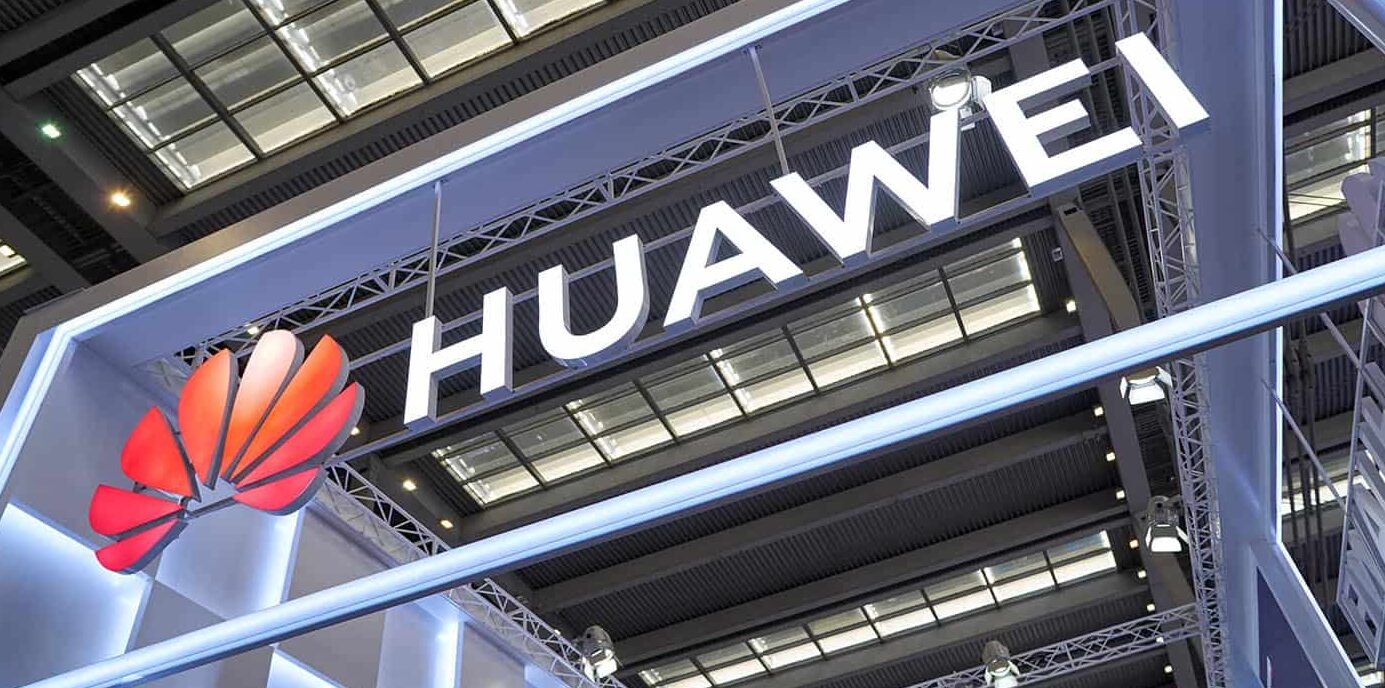Traditional “wet” solid-state cells still suspend ceramic or sulfide particles in a gel electrolyte. Dry designs press a thin, fully dense solid electrolyte directly against a lithium-metal anode, eliminating flammable solvents, boosting voltage windows, and taking the theoretical gravimetric ceiling well above 350 Wh kg-¹—a point we explored in January, 2025.
Huawei’s 3,000 km, 5-minute-charge patent
A Chinese patent filed on 18 June 2025 describes a sulfide-based dry stack doped with nitrogen. The nitrogen atoms lock into the glassy sulfide network and “pacify” the lithium interface, suppressing dendrite growth and slashing interfacial resistance. Huawei’s headline targets remain eye-catching:
- 400–500 Wh kg-¹ cell energy density — roughly triple today’s LFP EV packs.
- Full recharge in five minutes at pack level.
- ~3,000 km single-charge driving range (1 860 miles) in a mid-size sedan.
The filing also notes that present solid-electrolyte costs run 8,000–10,000 yuan per kWh (US $1,100–1,400). Huawei’s roadmap assumes those costs fall by an order of magnitude as production scales beyond 1 GWh. Rather than building its own cell lines, the company says it will license the IP — a strategy mirroring its telecom and 5G patent playbook.
Key contenders in the dry-solid race
- Huawei
- Target energy density — 400–500 Wh kg-¹
- Fast-charge claim — 5 min (0–100 %)
- Commercial timing — Patent filed Jun 2025; IP-licensing model
- Toyota
- Target energy density — >400 Wh kg-¹ (1 200 km / 750 mi pack)
- Fast-charge claim — 10 min to 80 %
- Commercial timing — First high-performance solid-state EV due 2028
- Nissan
- Target energy density — ~30 % higher than current Li-ion packs
- Fast-charge claim — Charging time cut by one-third
- Commercial timing — Pilot line running; first solid-state EV slated for 2028
- QuantumScape / Volkswagen
- Target energy density — ~400 Wh kg-¹ (single-layer cell)
- Durability — >95 % capacity after 1,000 cycles (fast-charge data pending)
- Commercial timing — Automotive sample packs in 2026
- Solid Power
- Target energy density — ~350 Wh kg-¹
- Process status — Roll-to-roll prototype line online; BMW validation tests under way
- Commercial timing — Mass production pencilled in for 2030
Tech enablers speeding things up
Synergy Files’ June 2025 article “Machine Learning Key to Bringing Solid-State Batteries to Market” showed how AI-guided screening is cutting electrolyte-coating discovery time by ~70 % and flagging chemistries with ionic conductivities above 10 mS cm-¹—precisely the domain Huawei’s nitrogen-doped layer targets.
Automakers’ long product-cycle planning, pilot-plant scaling constraints, and cost-curve modelling all converge on the 2028 window. Toyota and Nissan have openly locked that date into product road-maps, while QuantumScape and Solid Power need roughly one more capital cycle to jump from tens of MWh to multi-GWh output.
Three things to watch
- Interface engineering – Huawei’s nitrogen-doped concept is one of several routes to suppress dendrites at >5 mA cm-²; sustained 1 000-cycle data will be the acid test.
- Fast-charge infrastructure – Five-minute cells demand 600 kW-class chargers; standards bodies are now drafting 1,000 V / 700 A connectors.
- Business models – Huawei’s licensing stance could accelerate diffusion, while Toyota and Volkswagen favour vertical integration to protect margins.
Huawei’s 500 Wh kg-¹, five-minute-charge claim lands just as multiple global OEMs lock in 2028 launch dates. Whether Huawei’s design proves manufacturable or merely monetised via royalties, it sharpens industry focus on dry solid-state as the chemistry most likely to leapfrog today’s Li-ion before the decade is out.
